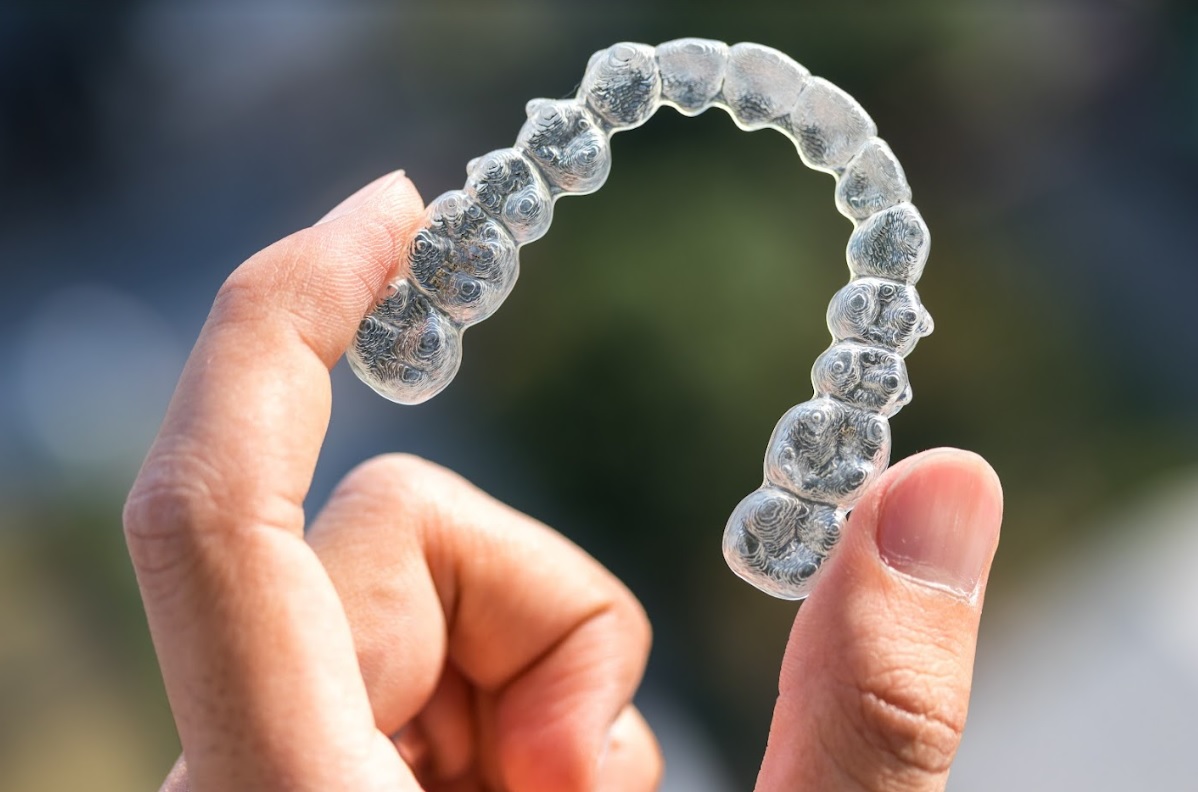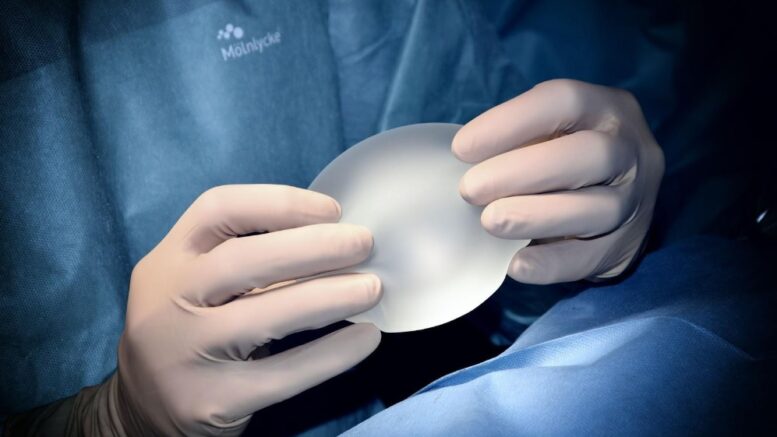It’s no secret — silicone has been the number one material in breast implants for years. But this unique material has been used in the medical and healthcare field since the 1960s. For example, breast augmentation is among the top five cosmetic surgeries in the US. And part of that reason is due to silicone.
But besides being supremely popular, silicone has also helped many industries make practical advancements and improvements. From medicine to construction and material science, silicon helped millions of people. Today, silicone has become an integral part of medicine.
Breast implants are just one of the primary users of silicone. Read on to know other ways this material has contributed to the medical industry.
1. Helps Minimizing Pain
Silicone has been shown to improve patient comfort during several medical procedures by reducing pain. Below are some ways it helps eliminate patient pain during medical procedures.
Eases Removal of Dressing
Dressing removal is easier when using silicone gel sheets or a Top silicone release liner paper rather than regular gauze pads because they stick less to wounds and require less effort for removal. The removal process is also less painful due to the hydrophilic properties that allow them to absorb fluid from wounds more effectively than other materials used for dressing purposes, such as cotton, paper, or plastic films.
Lubrication During Syringe Use

When preparing medication for injection, silicone lubricated syringes can help prevent a medicine from spilling out of the barrel after filling due to their low surface tension properties. In particular, this is beneficial to children since they tend to have smaller veins when receiving injections as they have smaller veins than adults.
2. Innovation in Medical Devices
The medical industry has used silicone for years because it’s safe, flexible, and durable. Silicone tubing is used in many types of medical devices, including:
Medical Tubing And Catheters
Silicone tubing is both flexible and resistant to oil, which makes it an ideal material for medical applications where flexibility is essential, such as intravenous infusions (IVs). It’s also used in blood bags and IV lines because it doesn’t break down or disintegrate as easily as other types of tubing. It’s also used to make catheters that are inserted into a patient so they can easily receive an IV without having to be hooked up to an external IV pole. Silicone catheters also allow doctors to monitor patients more quickly because they can see what’s happening inside their bodies through a tiny camera attached to the end of the catheter.
Heat Resistant Stents
Stents help prevent coronary arteries from closing after angioplasty surgery or during chronic heart disease. These stents are placed inside arteries that have become blocked by plaque or cholesterol deposits so that blood can flow freely through them again without obstruction or risk of clotting. The material used for these stents was previously metal or plastic. Still, these materials were found too weak for long-term use due to corrosion from bodily fluids such as blood and other bodily fluids produced by organs during surgery, such as urine and stomach acidity.
3. Improves Quality of Life
Silicone breast implants have helped women who have lost their breasts due to cancer or other conditions. They can also be used as a preventive measure to help women at high risk for breast cancer. Silicone breast implants have also been used to help reconstruct male genitals after prostate cancer surgery. Some other ways it helps improve the quality of life for patients are outlined below.
Custom Surgical Implants
Silicone medical devices can be used to create custom surgical implants for a wide range of body parts, including the nose, ears, jaw, and chin. These surgical implants are often made with silicone because it’s easy to mold and shape into the perfect fit for each patient. Also, the material is soft enough to fit into small spaces and strong enough to withstand physical pressure.
Prosthetics
Silicone has also been used in artificial joints since the 1960s, when Dr Frank Jobe designed the first artificial knee joint out of plastic and metal parts. Since then, silicone has been used in many different types of artificial joints because it’s flexible enough for patients to move freely and sturdy enough to withstand daily activity without breaking down over time, as many plastic parts do after years of use. This makes them very helpful in helping patients regain their mobility and independence again after losing a leg or arm resulting from an accident or disease.
Orthodontics And Teeth Aligners

Silicone is used in dentistry and orthodontics to create braces, retainers, and other devices that must be customized for each patient. Since this material is soft, it can be shaped into different shapes that can conform to the contours of the patient’s mouth or teeth. This results in better fitting and more comfortable appliances that can help people straighten their teeth or improve their smile without visiting the dentist whenever they want an adjustment made or a new piece added to their appliance collection!
Dental Implants
Silicone is non-toxic and does not cause an allergic reaction. It is also biocompatible, meaning it does not promote the growth of bacteria or other microorganisms. These characteristics make silicone ideal for dentistry, which can be used to make prosthetic teeth without causing allergies or irritating sensitive teeth. Also, silicone has a low friction coefficient, which reduces friction between two surfaces when they move against each other — such as when you slide your hand along a silicone surface like a glass tabletop or a smartphone case made out of this material.
Conclusion
Silicon has already helped the medical industry with simulators, implants, and prosthetics. Given its almost limitless uses, silicone can help improve several conditions and overall health. To learn more about this fantastic material, all you have to do is to keep up with the latest research. Overall, silicone has significantly impacted the health industry and will continue to do so for the foreseeable future.
